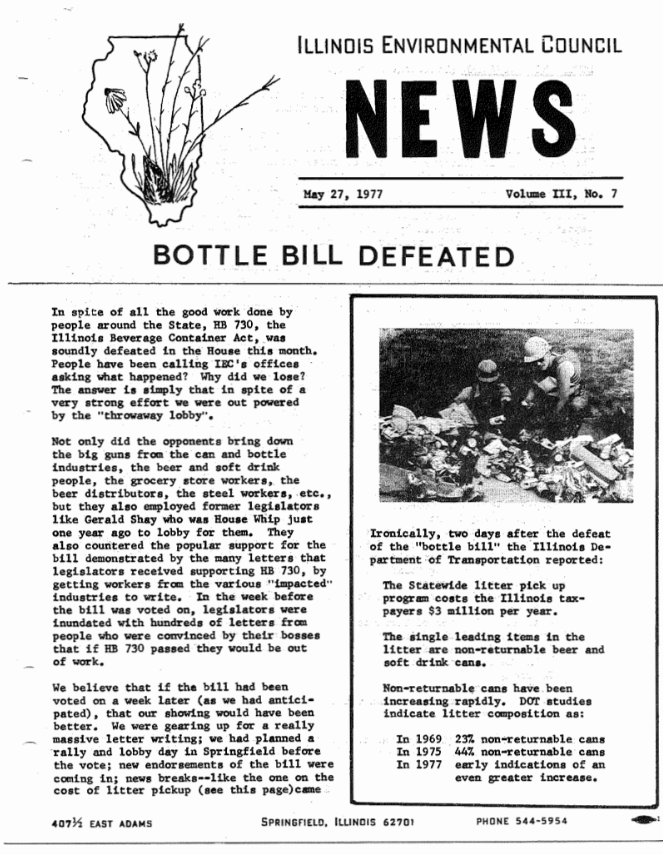
However, the roles have shifted and State and local governments have acquired the responsibility of responding to many noise pollution matters.įor State Environmental Agencies, see EPA's Health and Environmental Agencies of U.S.

As a result, ONAC was closed and primary responsibility of addressing noise issues was transferred to State and local governments. Through ONAC, the EPA coordinated all Federal noise control activities, but in 1981 the Administration concluded that noise issues were best handled at the State and local level. Under the Clean Air Act, the EPA administrator established the Office of Noise Abatement and Control (ONAC) to carry out investigations and studies on noise and its effect on the public health and welfare. Noise Pollution Clearinghouse The Role of EPA Learn more about noise pollution prevention: There are various strategies for combating noise in your home, school, workplace, and the community. If people must be around loud sounds, they can protect their ears with hearing protection (e.g., ear plugs or ear muffs). Individuals can take many steps to protect themselves from the harmful effects of noise pollution. Suter, Administrative Conference of the United States, November 1991 Protection from Noise The Noise Effects Handbook, Office of Noise Abatement and Control, US EPA, 1981 Noise Induced Hearing Loss (NIHL) is the most common and often discussed health effect, but research has shown that exposure to constant or high levels of noise can cause countless adverse health affects. Problems related to noise include stress related illnesses, high blood pressure, speech interference, hearing loss, sleep disruption, and lost productivity. Studies have shown that there are direct links between noise and health. Noise pollution adversely affects the lives of millions of people.

This “annoyance” can have major consequences, primarily to one’s overall health.

Though for some, the persistent and escalating sources of sound can often be considered an annoyance. The air around us is constantly filled with sounds, yet most of us would probably not say we are surrounded by noise. The fact that you can’t see, taste or smell it may help explain why it has not received as much attention as other types of pollution, such as air pollution, or water pollution. Sound becomes unwanted when it either interferes with normal activities such as sleeping, conversation, or disrupts or diminishes one’s quality of life. The traditional definition of noise is “unwanted or disturbing sound”.


 0 kommentar(er)
0 kommentar(er)
